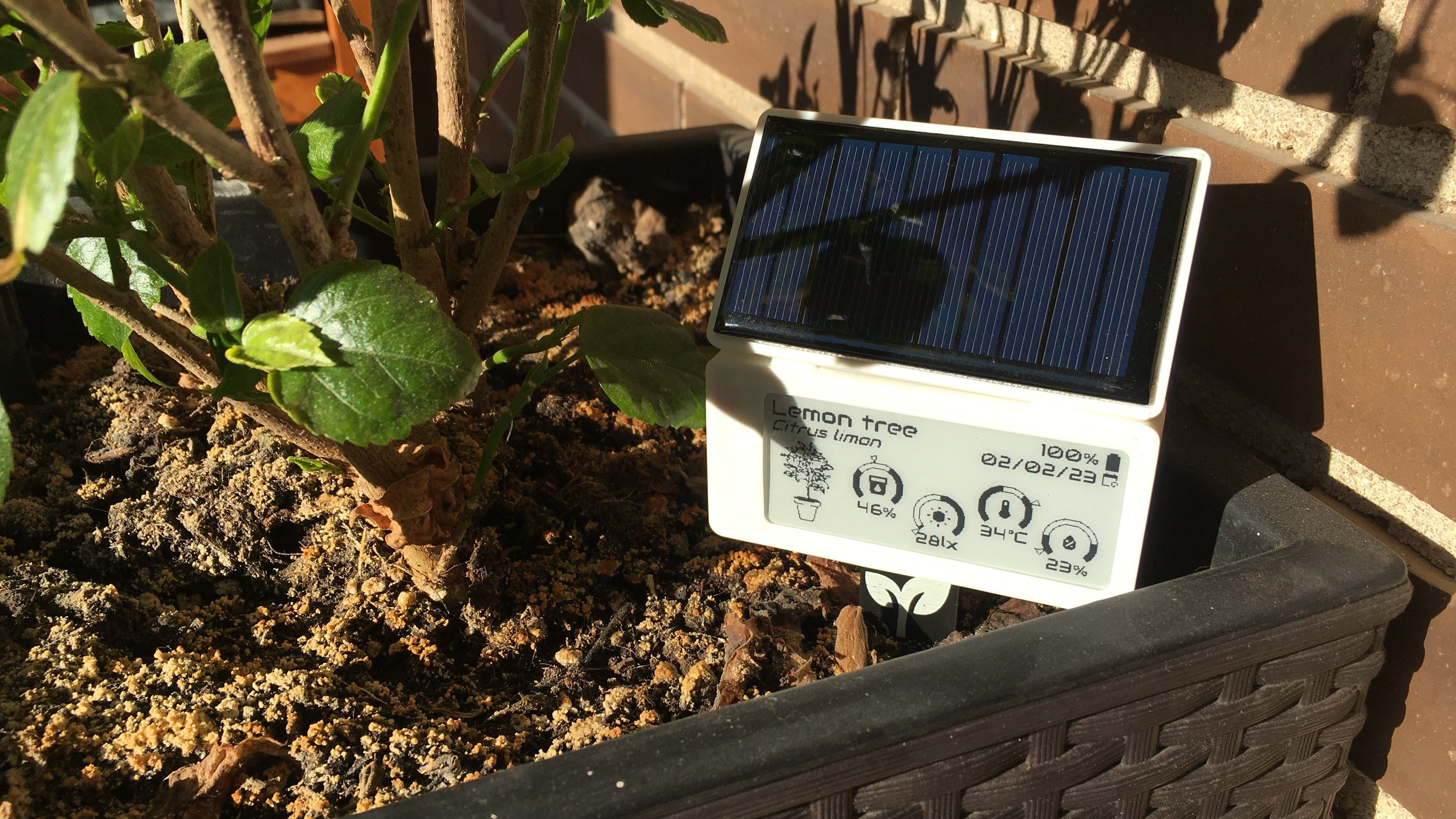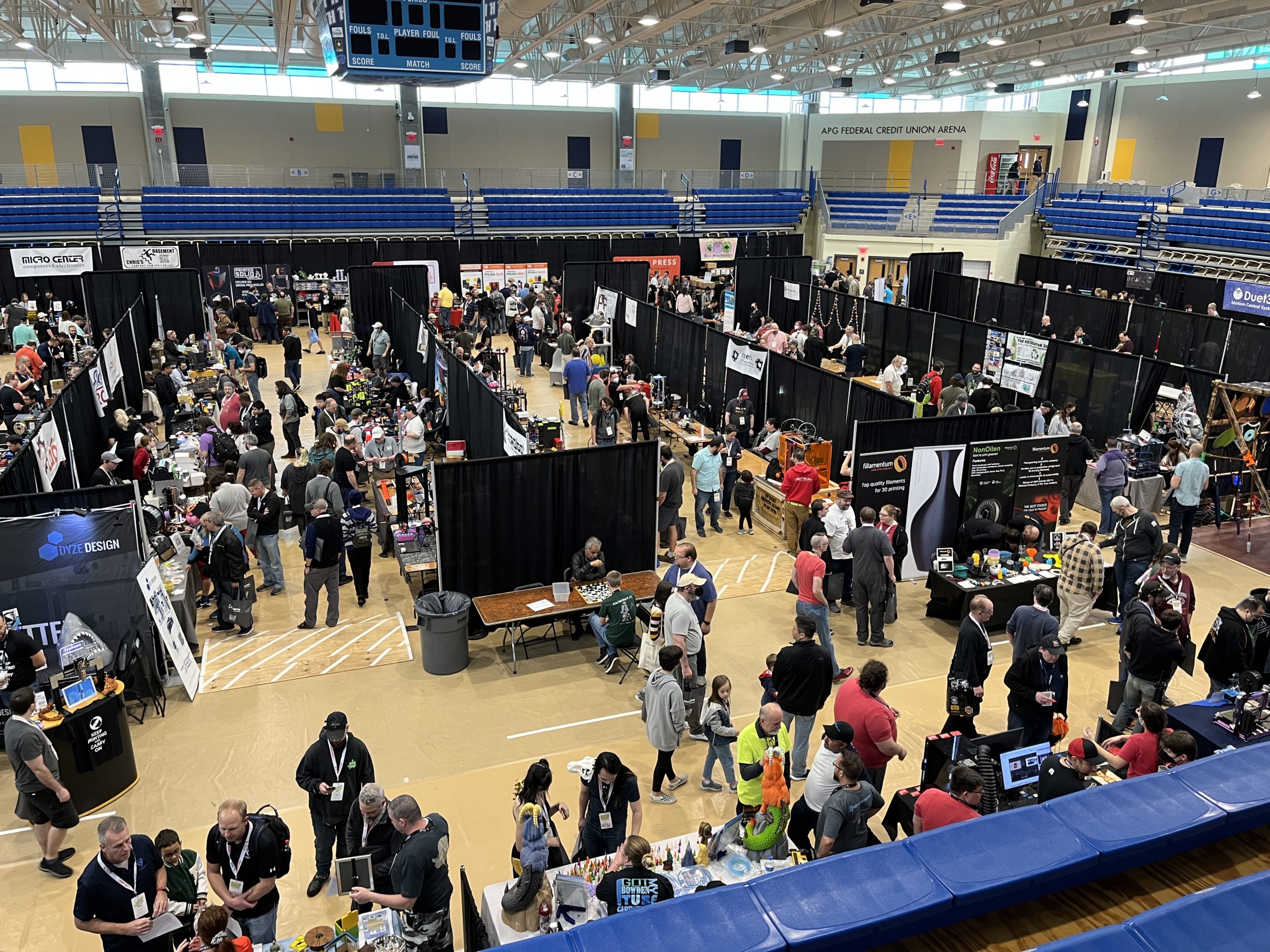5 exciting real-world uses for AR and IoT
People often discuss the Internet of Things (IoT) and Augmented Reality (AR) separately, and the applications are often compelling. However, IoT and AR could have even more potential when used together in the same projects.
Such combinations have not yet achieved mainstream popularity, but they are becoming increasingly popular. The results of AR IoT projects can be impressive when people have the resources and forward-thinking mindset to depend on both technologies at once.
1. Activation of real-time navigation and geolocated informationProfessionals developing mobile apps need to stay aware of customer needs and preferences, and how technology can help them get the most out of their experiences. Often, IoT and Augmented Reality are integrated into mobile apps, allowing brand managers to take advantage of opportunities.
One of the main benefits of the IoT is the ability to learn more about customers in a non-intrusive way. Consider the case of a retail manager who discovers that many customers initially arrive at a website after giving a smart speaker prompt.
In this case, the store's technical team can develop a smart speaker skill that makes it easier for users to find what they need while using verbal commands. Some believe that interactions with voice-enabled devices will eventually replace customer service representatives and chatbots.
The opportunities also extend beyond retail. Plant managers can ask employees to use connected wearable devices to determine which activities are the most risky or injury-prone. Then they could make changes to processes to keep people safe. However, when it comes to using IoT and AR together, the possibilities become particularly apparent in helping people navigate an unfamiliar environment.
A discount drugstore chain planned to install thousands of IoT sensors in retail stores and use them with AR smartphone apps to provide guidance to the store. Then people could quickly find what they needed, even if they had never visited that particular pharmacy. This outcome would reduce frustration and increase the chances of people visiting again.
There have also been AR IoT projects in the research phase showing what is possible. One was to use connected and dynamic LED markers in a smart city to provide people with safer walking paths. Another part of the discussion offered ideas such as traffic management and accessibility.
2. Address talent and training gapsIt's hard to cover everything today's professionals need to know with traditional learning options like textbooks and lectures. As beneficial as the Internet of Things is, it can also increase the risk of attack for the businesses that use it. A study of companies using IoT solutions found that only 37% of respondents tracked cyber exposures caused by third-party entities.
However, companies specializing in cybersecurity education can modernize their programs by offering enriched augmented reality modules. Then, when people are ready to move from training to the real world, they should be better equipped to detect, prevent, and respond to online threats.
The manufacturing sector also faces skills shortages. However, some leaders in the field have already recognized how AR IoT projects could bridge the gap. Specifically, it could improve training by making it more relevant to current and future generations of workers. When people feel their professional training is engaging and specific to their roles, they'll be more likely to stay in those positions. They can even recruit friends to join them at work.
Using IoT and AR for training could also help users correct mistakes faster. Some workplaces require employees to use wearable devices to track metrics such as their body position while lifting heavy objects or sitting in front of a computer. These IoT devices could detect problems and provide real-time instructions on how to make fixes. This approach helps them create good, lasting habits.
Combining IoT and AR could also help business leaders identify training opportunities. Many IoT sensors continuously collect data, so they can show which processes have the highest error rates. These areas might be the best ones to target if you are developing an augmented reality based training module or program.
3. Improve maintenance call...
People often discuss the Internet of Things (IoT) and Augmented Reality (AR) separately, and the applications are often compelling. However, IoT and AR could have even more potential when used together in the same projects.
Such combinations have not yet achieved mainstream popularity, but they are becoming increasingly popular. The results of AR IoT projects can be impressive when people have the resources and forward-thinking mindset to depend on both technologies at once.
1. Activation of real-time navigation and geolocated informationProfessionals developing mobile apps need to stay aware of customer needs and preferences, and how technology can help them get the most out of their experiences. Often, IoT and Augmented Reality are integrated into mobile apps, allowing brand managers to take advantage of opportunities.
One of the main benefits of the IoT is the ability to learn more about customers in a non-intrusive way. Consider the case of a retail manager who discovers that many customers initially arrive at a website after giving a smart speaker prompt.
In this case, the store's technical team can develop a smart speaker skill that makes it easier for users to find what they need while using verbal commands. Some believe that interactions with voice-enabled devices will eventually replace customer service representatives and chatbots.
The opportunities also extend beyond retail. Plant managers can ask employees to use connected wearable devices to determine which activities are the most risky or injury-prone. Then they could make changes to processes to keep people safe. However, when it comes to using IoT and AR together, the possibilities become particularly apparent in helping people navigate an unfamiliar environment.
A discount drugstore chain planned to install thousands of IoT sensors in retail stores and use them with AR smartphone apps to provide guidance to the store. Then people could quickly find what they needed, even if they had never visited that particular pharmacy. This outcome would reduce frustration and increase the chances of people visiting again.
There have also been AR IoT projects in the research phase showing what is possible. One was to use connected and dynamic LED markers in a smart city to provide people with safer walking paths. Another part of the discussion offered ideas such as traffic management and accessibility.
2. Address talent and training gapsIt's hard to cover everything today's professionals need to know with traditional learning options like textbooks and lectures. As beneficial as the Internet of Things is, it can also increase the risk of attack for the businesses that use it. A study of companies using IoT solutions found that only 37% of respondents tracked cyber exposures caused by third-party entities.
However, companies specializing in cybersecurity education can modernize their programs by offering enriched augmented reality modules. Then, when people are ready to move from training to the real world, they should be better equipped to detect, prevent, and respond to online threats.
The manufacturing sector also faces skills shortages. However, some leaders in the field have already recognized how AR IoT projects could bridge the gap. Specifically, it could improve training by making it more relevant to current and future generations of workers. When people feel their professional training is engaging and specific to their roles, they'll be more likely to stay in those positions. They can even recruit friends to join them at work.
Using IoT and AR for training could also help users correct mistakes faster. Some workplaces require employees to use wearable devices to track metrics such as their body position while lifting heavy objects or sitting in front of a computer. These IoT devices could detect problems and provide real-time instructions on how to make fixes. This approach helps them create good, lasting habits.
Combining IoT and AR could also help business leaders identify training opportunities. Many IoT sensors continuously collect data, so they can show which processes have the highest error rates. These areas might be the best ones to target if you are developing an augmented reality based training module or program.
3. Improve maintenance call...What's Your Reaction?














![Three of ID's top PR executives quit ad firm Powerhouse [EXCLUSIVE]](https://variety.com/wp-content/uploads/2023/02/ID-PR-Logo.jpg?#)







